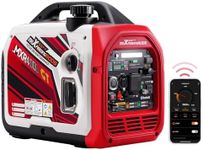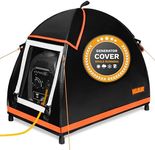Buying Guide for the Best Propane Generators
When choosing a propane generator, it's important to consider your specific needs and how the generator will be used. Propane generators are a great choice for backup power during emergencies, outdoor activities, or even as a primary power source in remote locations. They are known for their clean-burning fuel, which is more environmentally friendly compared to gasoline. To make an informed decision, you should understand the key specifications and how they relate to your requirements.Power Output (Wattage)Power output, measured in watts, indicates how much electricity the generator can produce. This is crucial because it determines what appliances and devices you can run simultaneously. Generators typically range from 1,000 watts to over 10,000 watts. For small appliances and light use, a generator with 1,000 to 3,000 watts may suffice. For running multiple appliances or larger equipment, you might need 3,000 to 7,000 watts. For whole-house backup or heavy-duty use, consider generators with 7,000 watts or more. Assess your power needs by listing the wattage requirements of the devices you plan to use.
Run TimeRun time refers to how long the generator can operate on a full tank of propane. This is important for planning how long you can rely on the generator before needing to refuel. Run times can vary widely, from a few hours to over 24 hours, depending on the generator's efficiency and load. For occasional use or short power outages, a shorter run time may be acceptable. For extended use or longer outages, look for a generator with a longer run time to minimize the need for frequent refueling. Consider your typical usage scenarios to determine the appropriate run time for your needs.
PortabilityPortability is a measure of how easy it is to move the generator. This is particularly important if you plan to use the generator in different locations or need to store it when not in use. Portable generators often come with wheels and handles for easier transport. Smaller, lighter models are easier to move but may have lower power output. Larger models may offer more power but can be heavier and harder to transport. Think about where and how you will use the generator to decide on the right balance between power and portability.
Noise LevelNoise level, measured in decibels (dB), indicates how loud the generator is during operation. This is important for comfort, especially if you will be using the generator in residential areas or during camping trips. Generators can range from very quiet (around 50 dB) to quite loud (over 80 dB). For quiet environments or close proximity to living spaces, look for generators with lower noise levels. If noise is less of a concern, you may prioritize other features over noise level. Consider where you will use the generator and how much noise is acceptable in that setting.
Fuel EfficiencyFuel efficiency measures how effectively the generator uses propane to produce electricity. This is important for cost savings and reducing the frequency of refueling. More efficient generators can run longer on the same amount of fuel. Efficiency can be influenced by the generator's design and the load it is powering. Look for models with features like eco-mode or variable engine speed, which can improve efficiency. If you plan to use the generator frequently or for long periods, a more fuel-efficient model can save you money and hassle in the long run.
Starting MechanismThe starting mechanism refers to how the generator is turned on. Common options include manual recoil start, electric start, and remote start. This is important for ease of use and convenience. Manual recoil start requires pulling a cord, which can be physically demanding. Electric start uses a push-button or key, making it easier to start the generator. Remote start allows you to start the generator from a distance, adding convenience. Consider your physical ability and preference for convenience when choosing the starting mechanism.
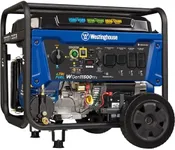
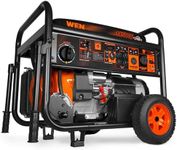


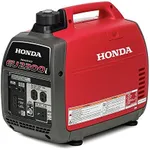
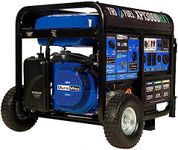
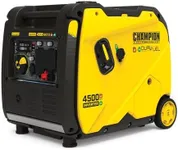
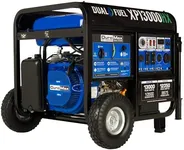
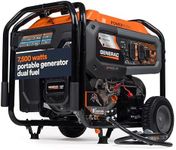

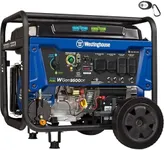
![[Upgraded Version] ALLPOWERS S2000 Portable Power Station 2000W (Peak 4000W) MPPT Solar Generator 1500Wh Backup Battery with 4 AC Outlets for Outdoor Camping RV Emergency Off-Grid](https://images-proxy.bestreviews.guide/YtTaRg6uNv-LaNq9_7sPyzjq62s=/0x150/https://m.media-amazon.com/images/I/31g7wSEKaOL._AC_CX679_.jpg)
